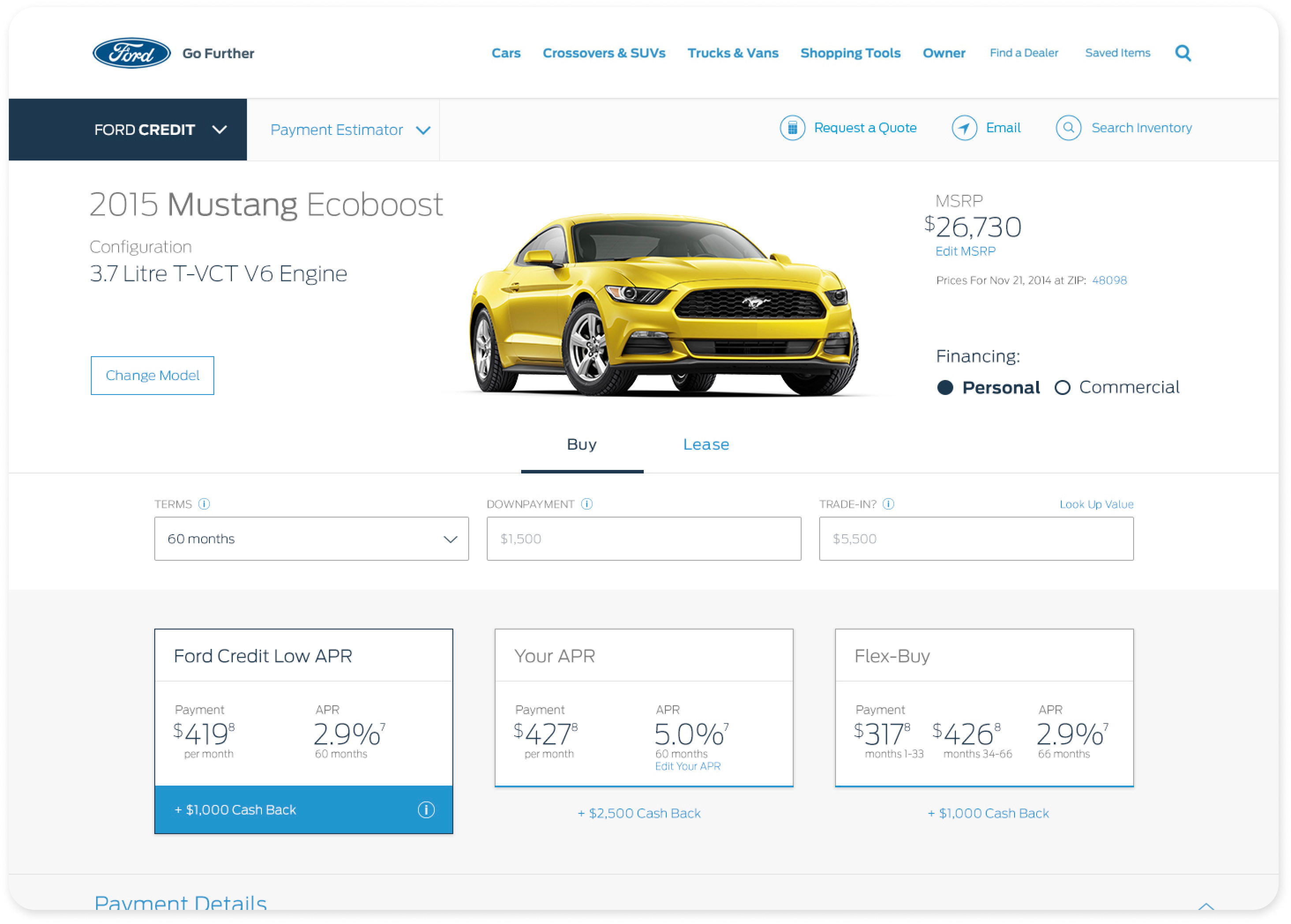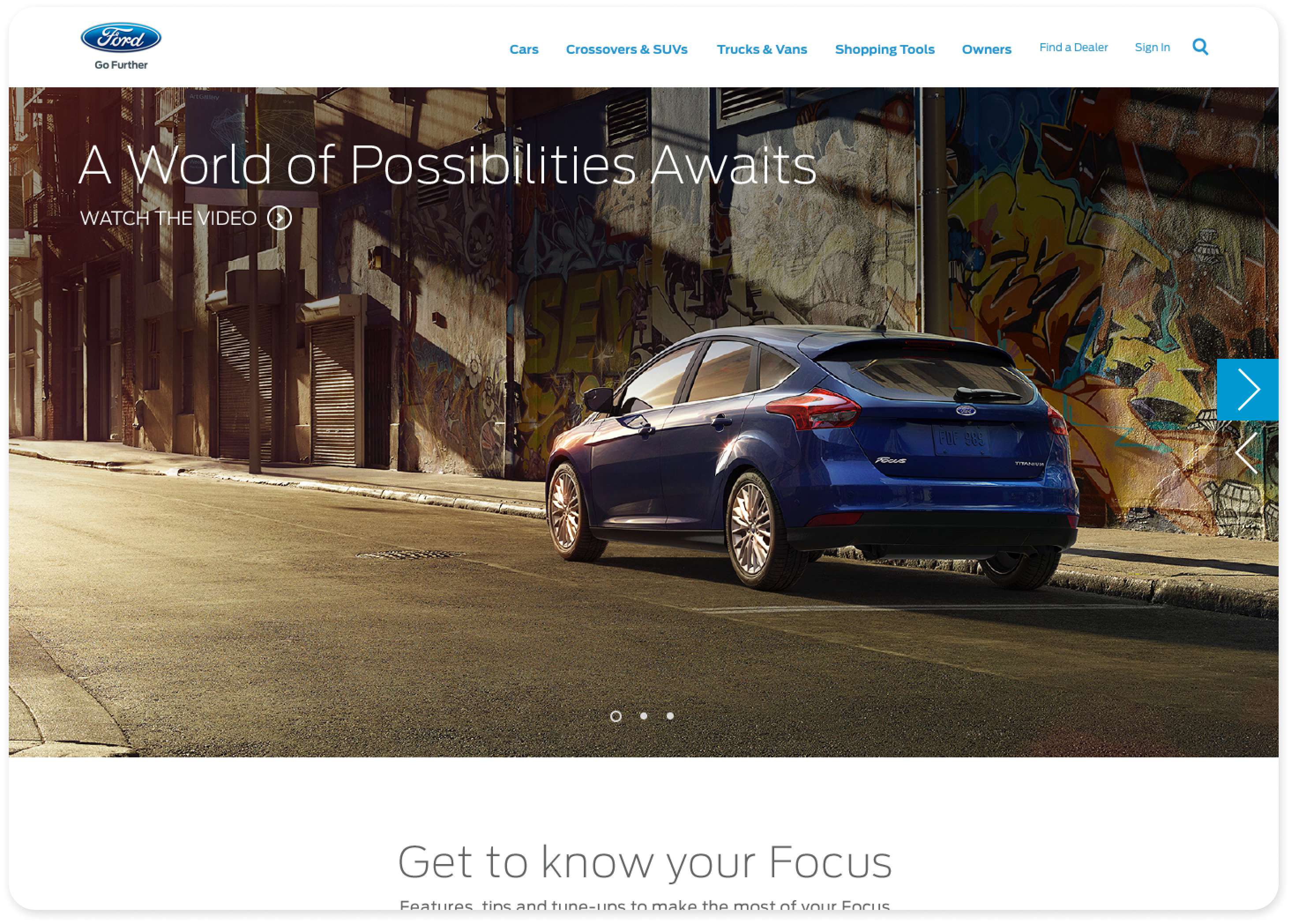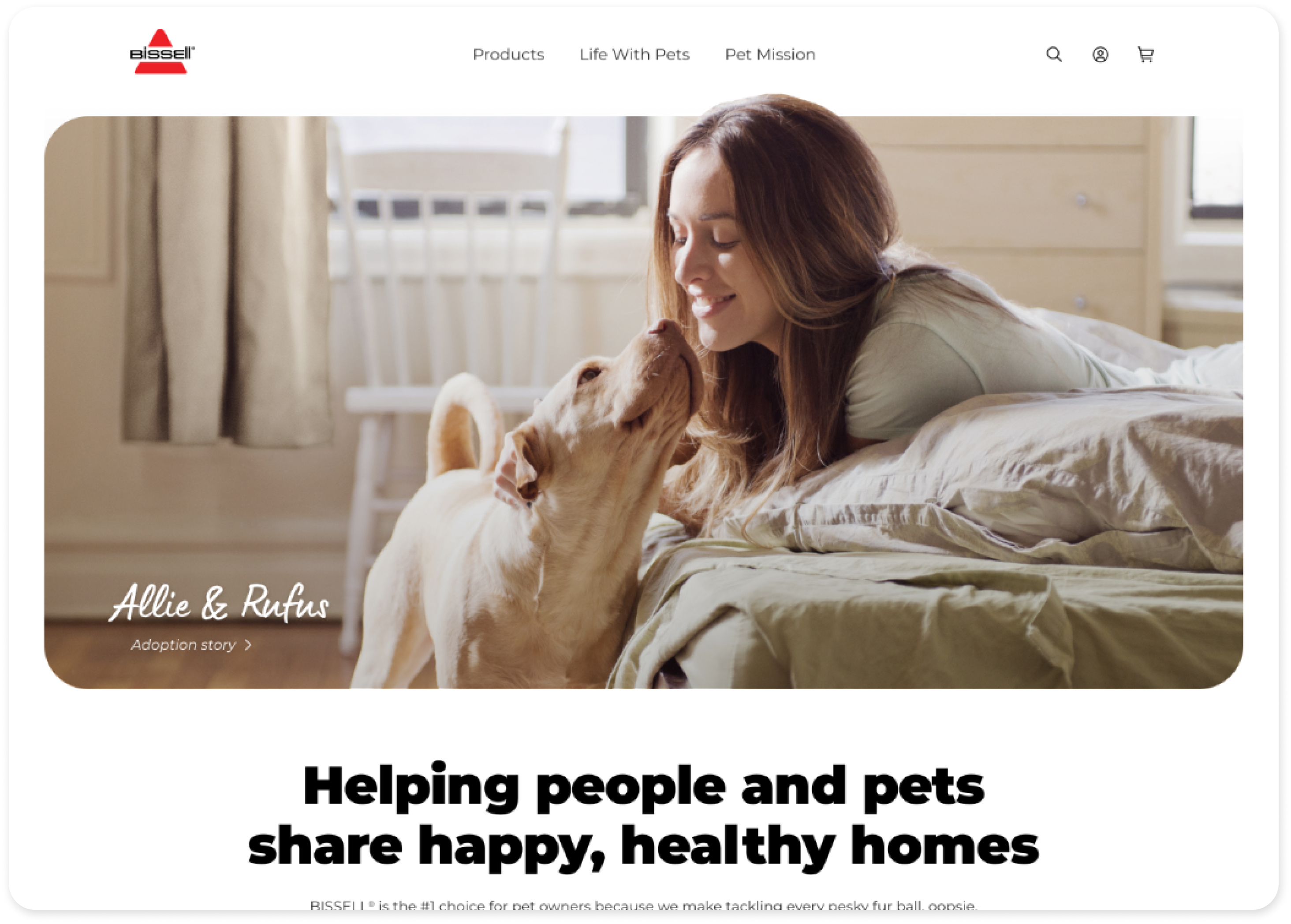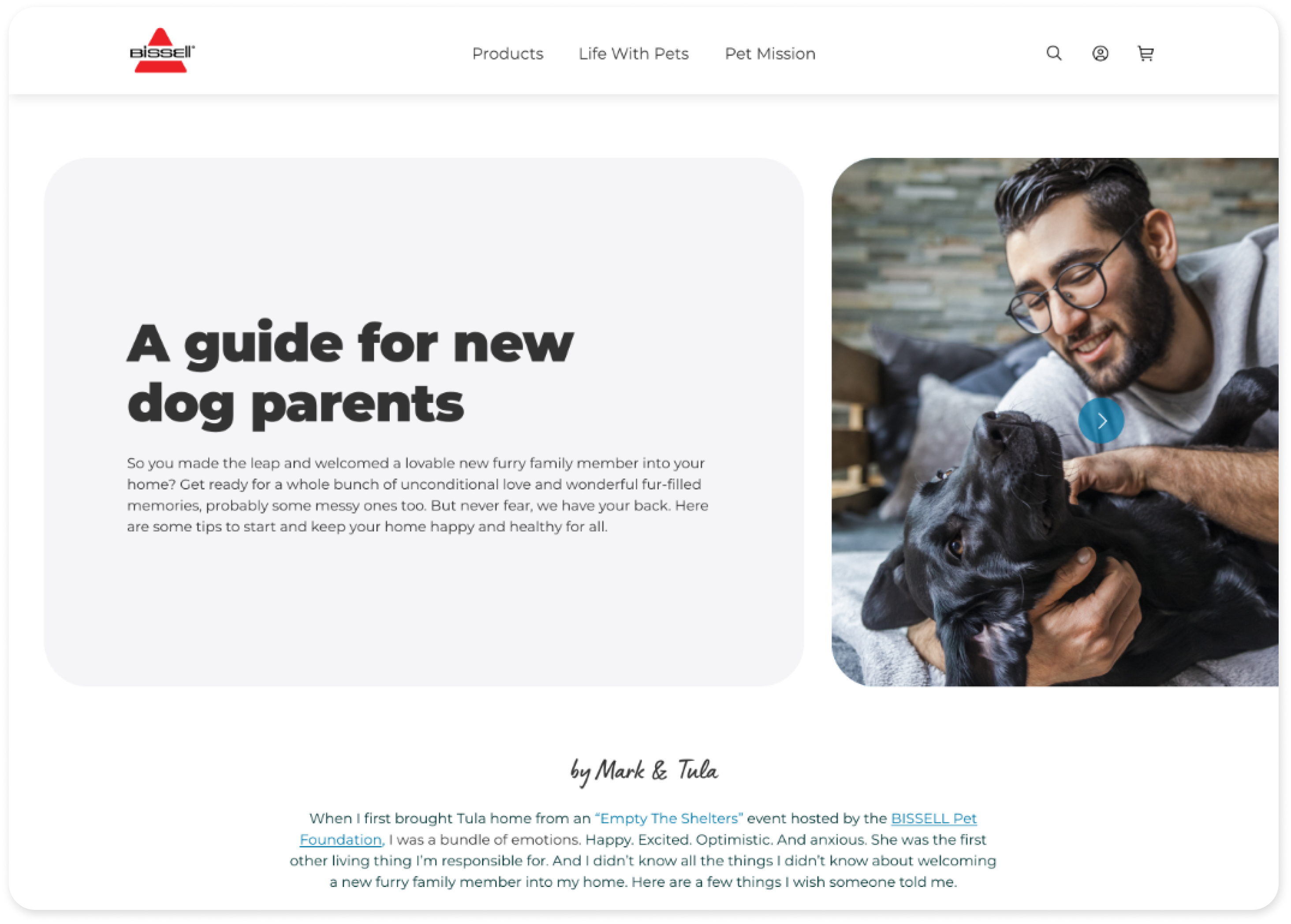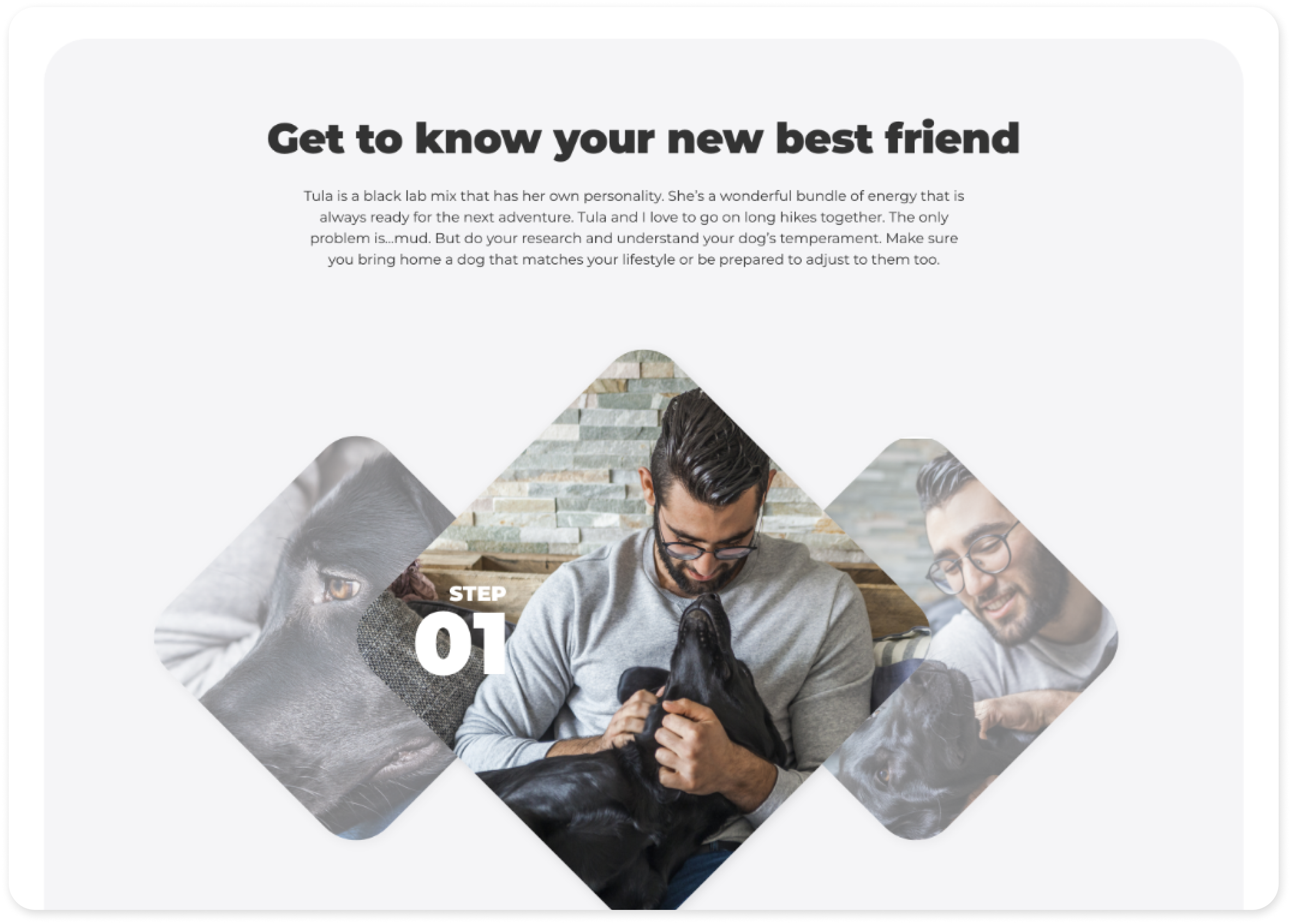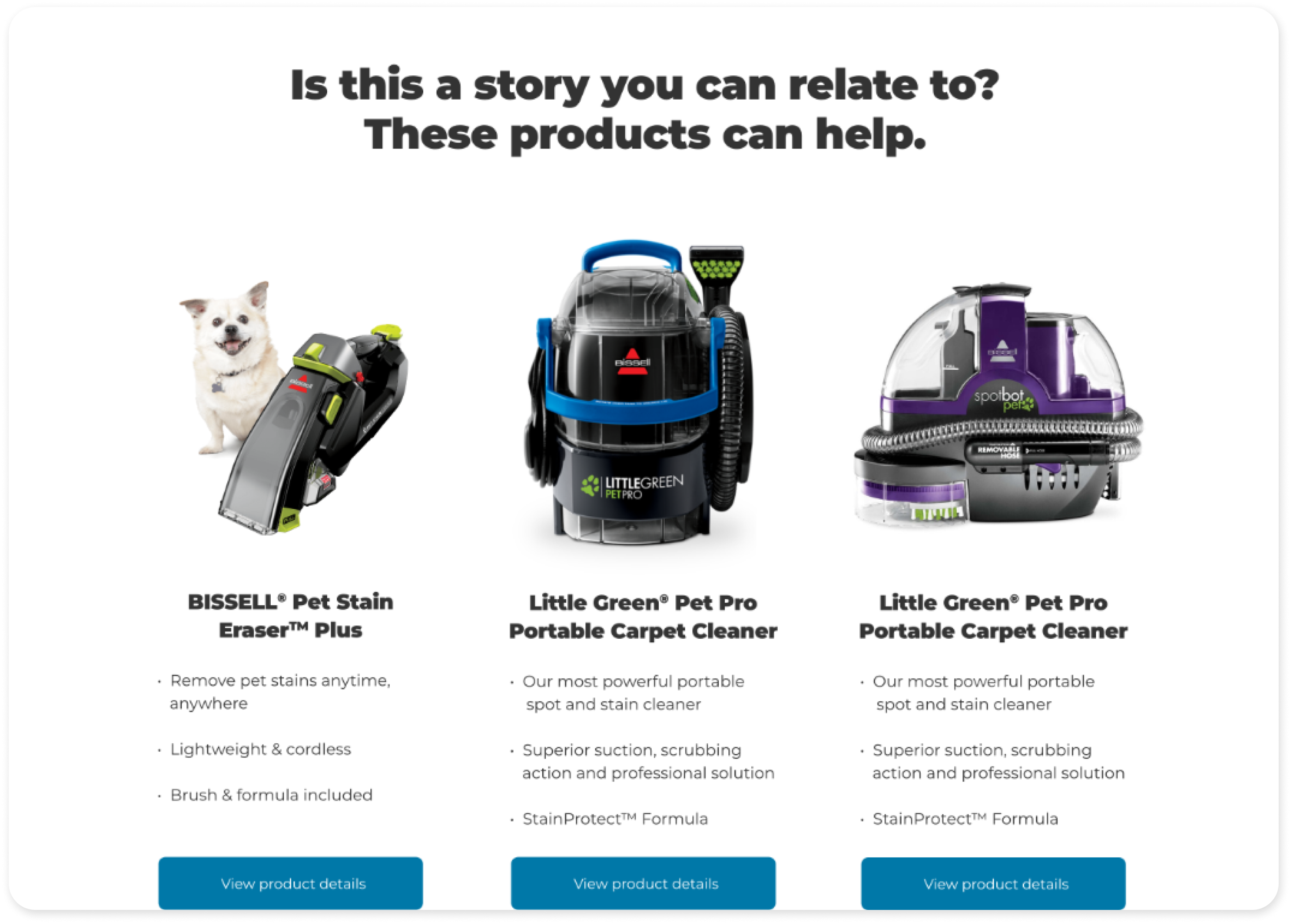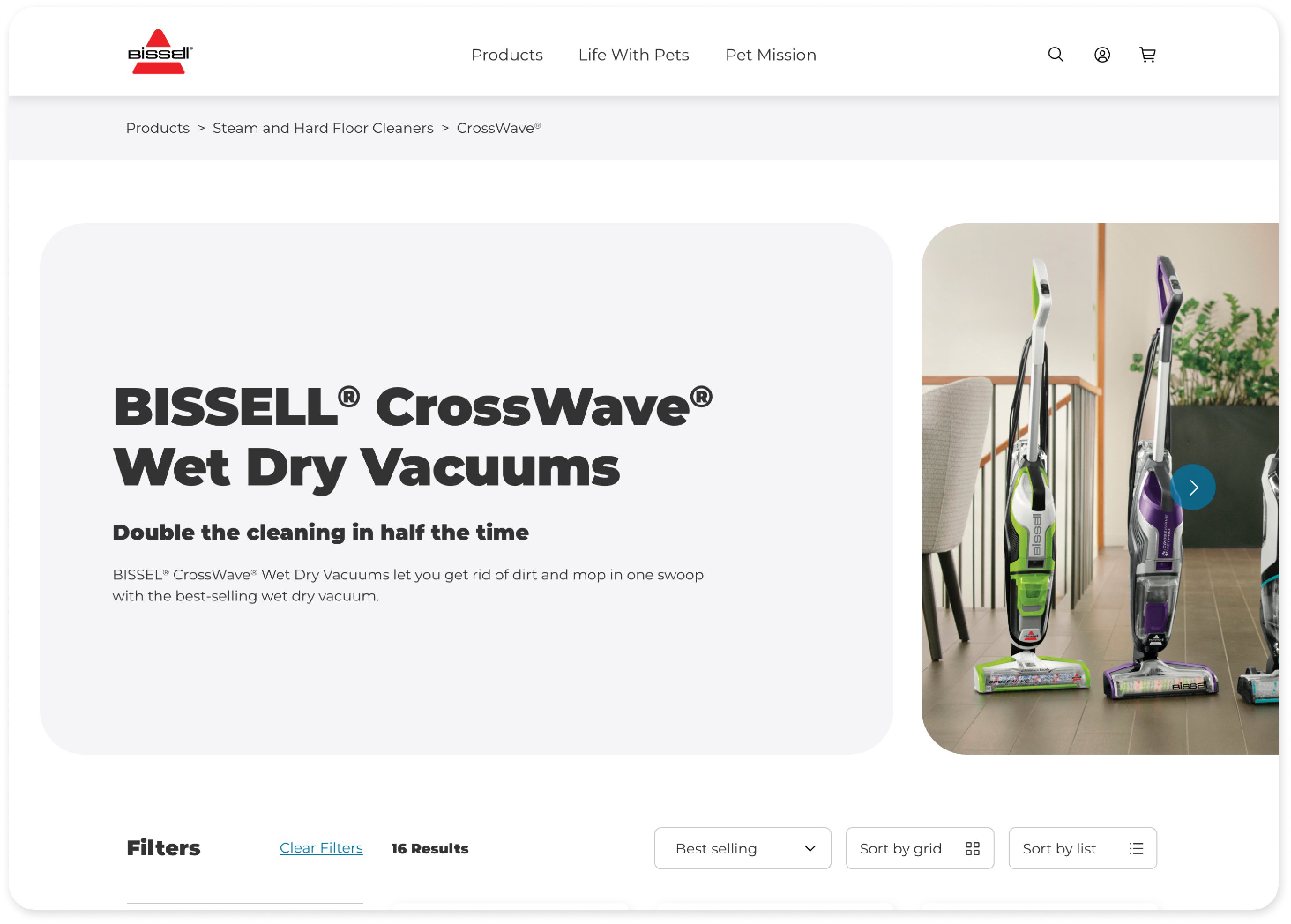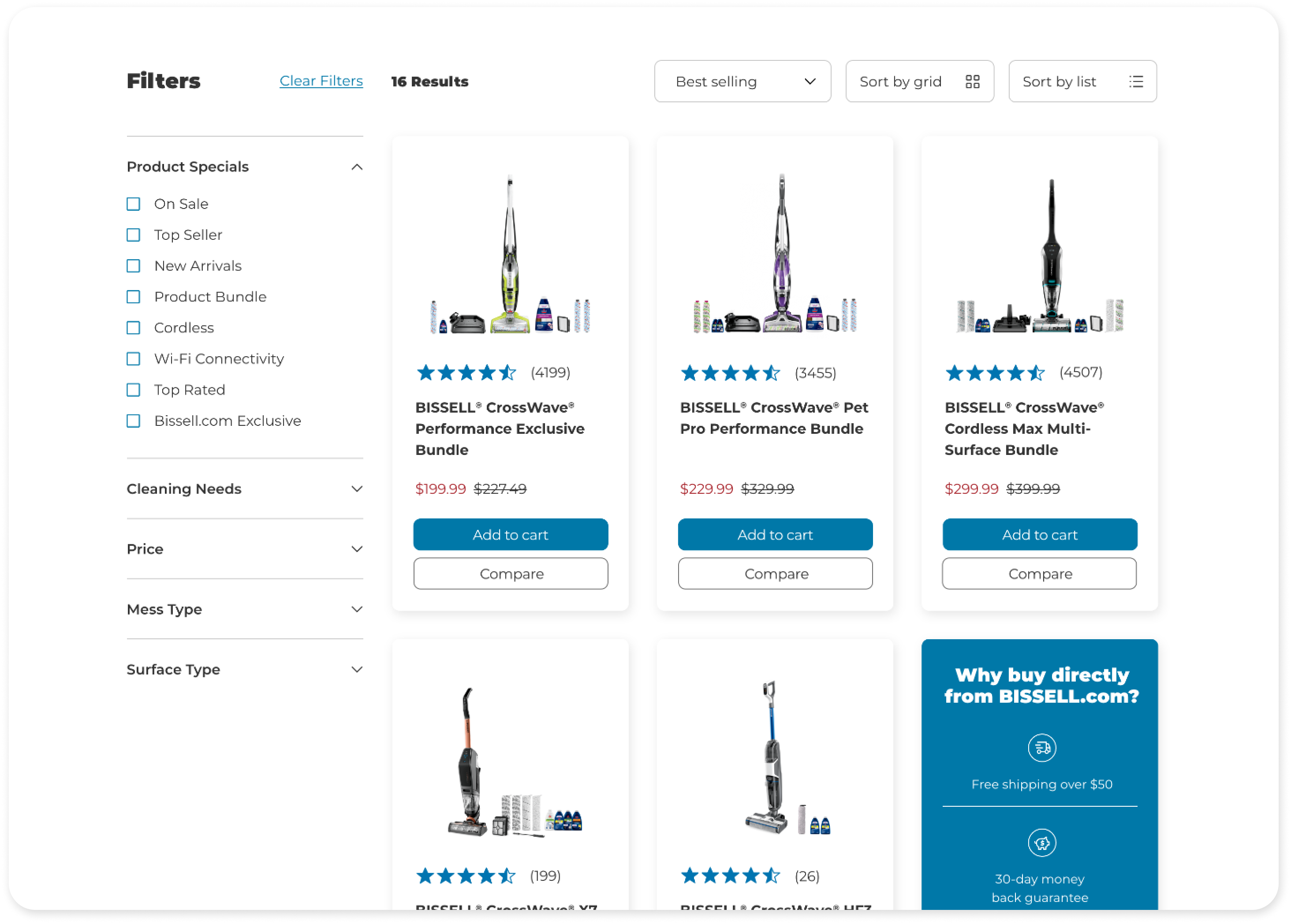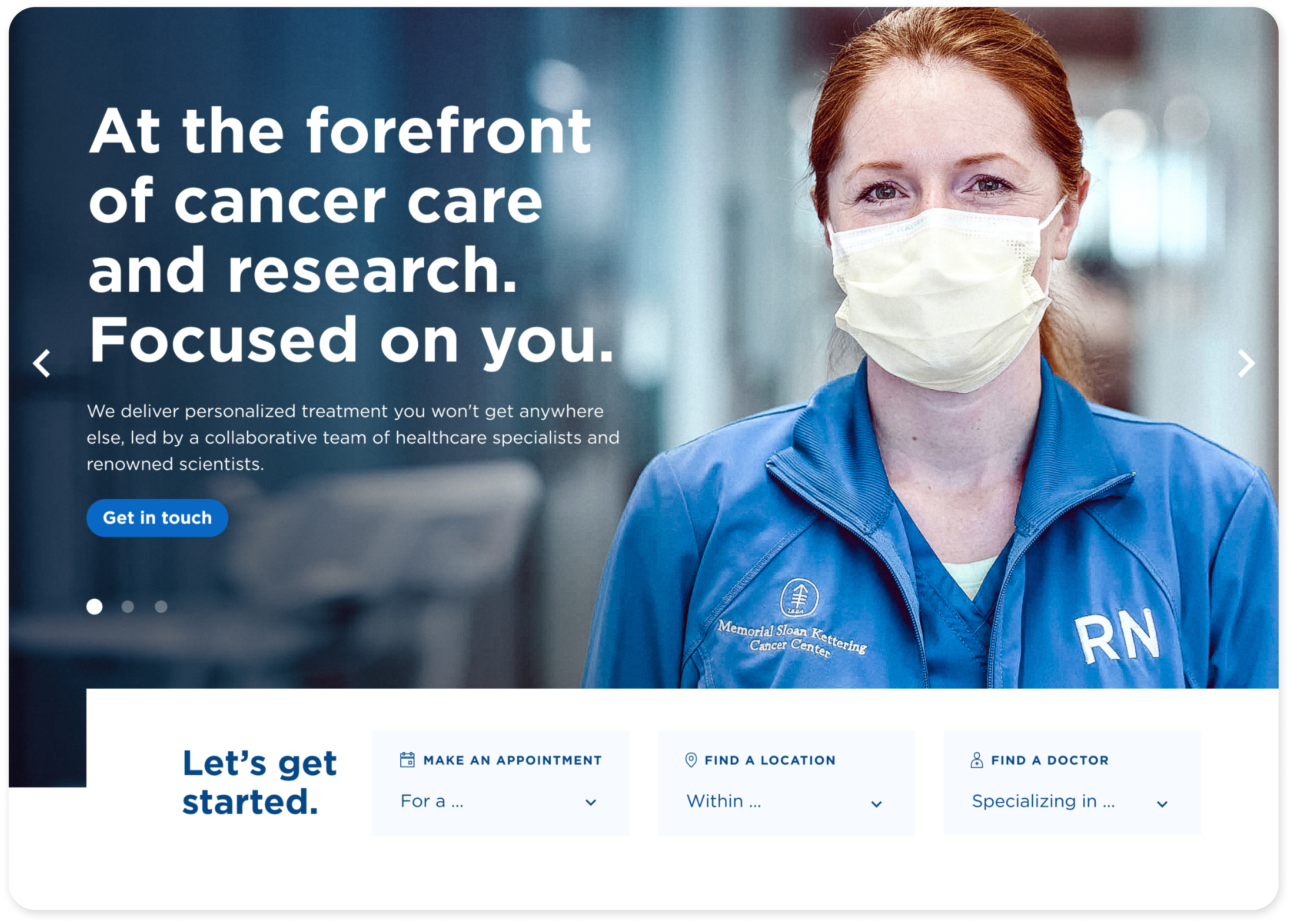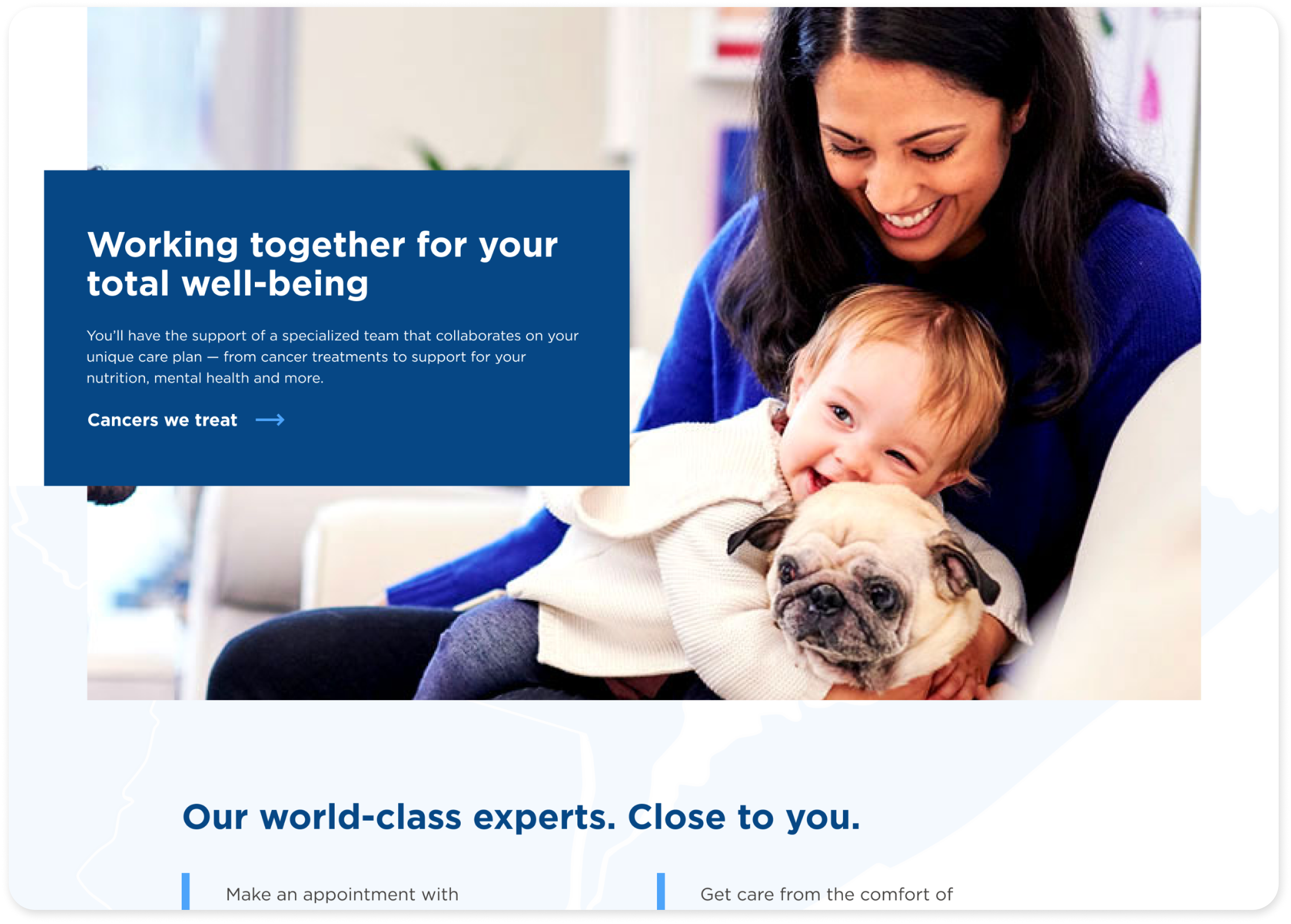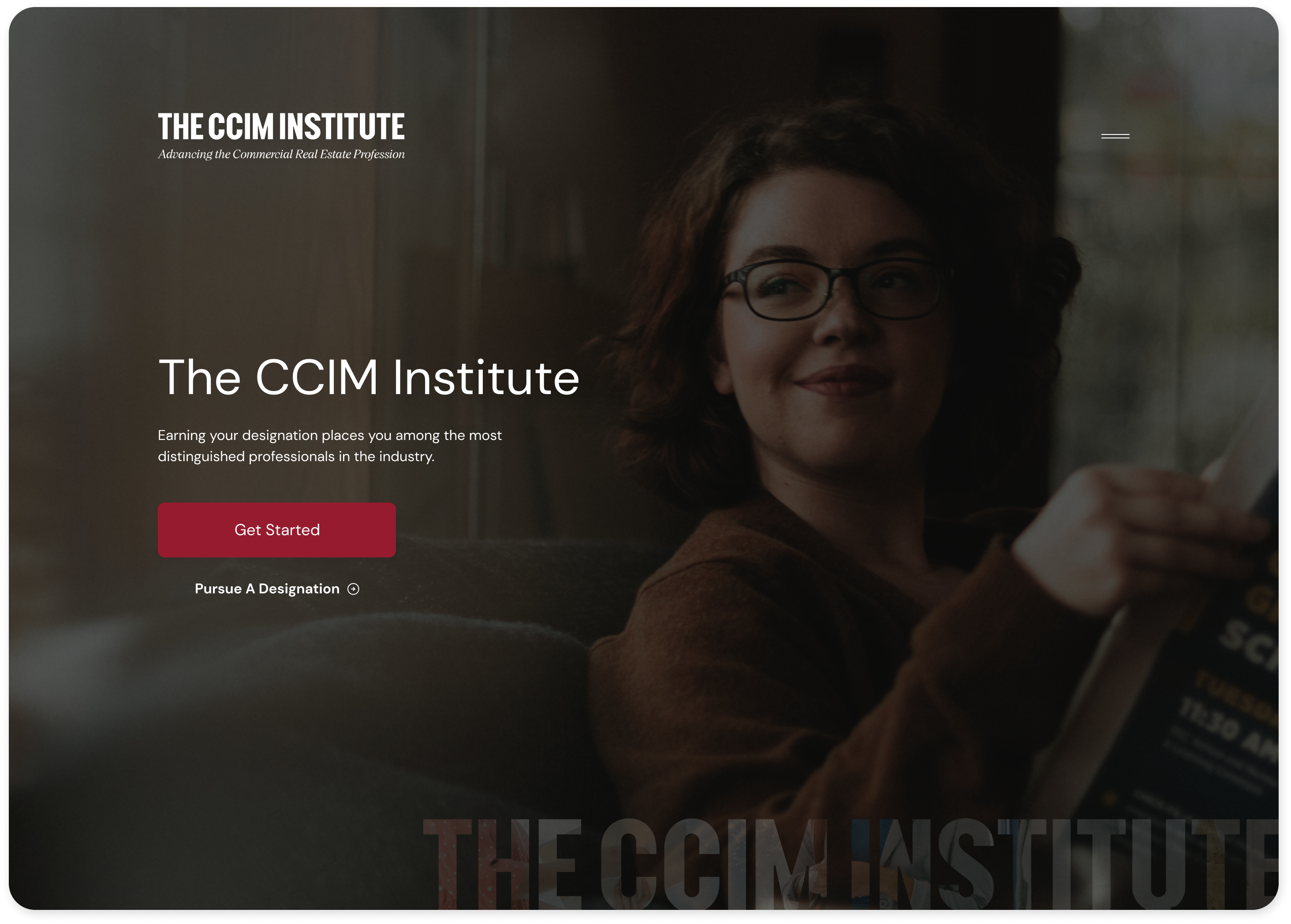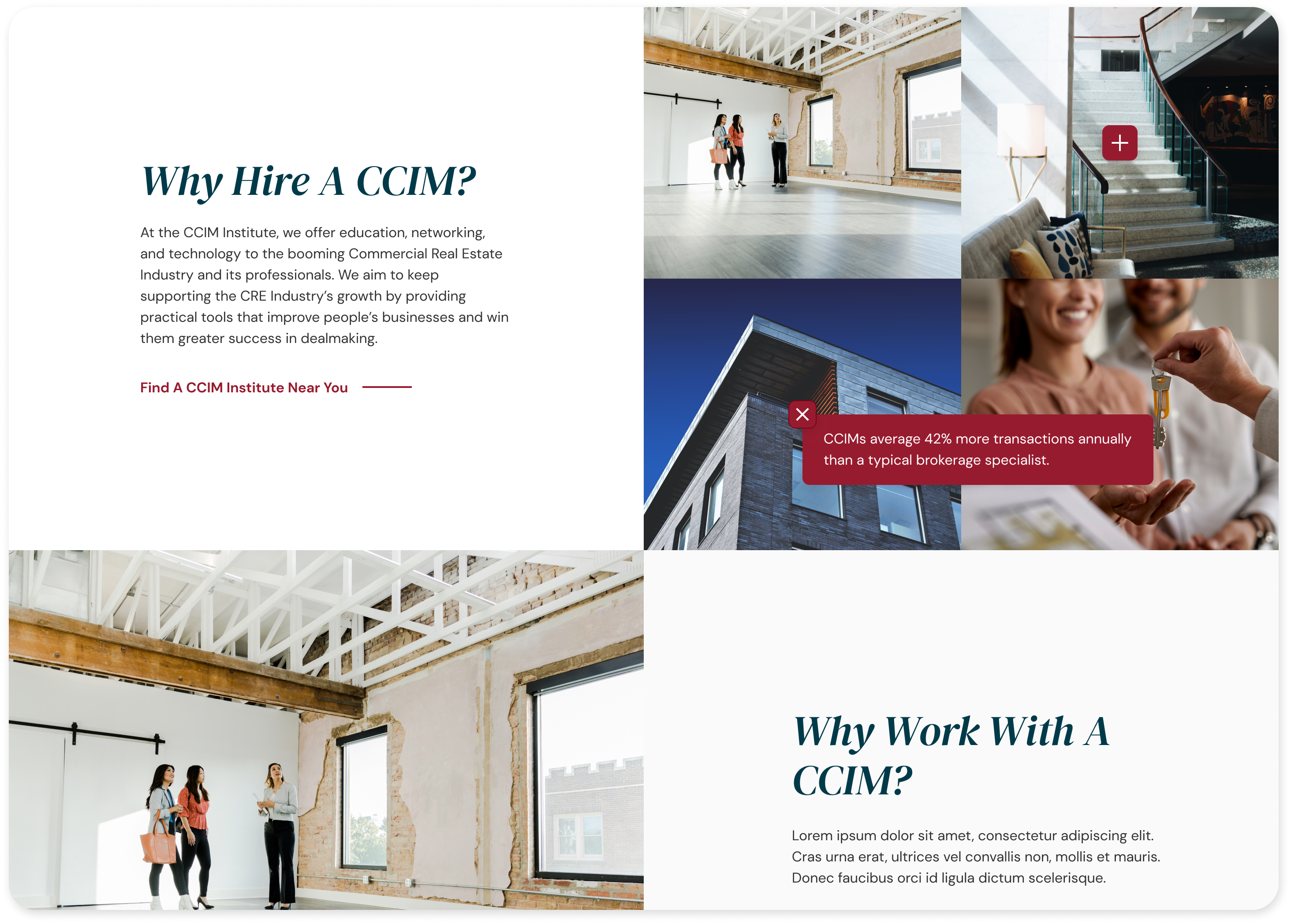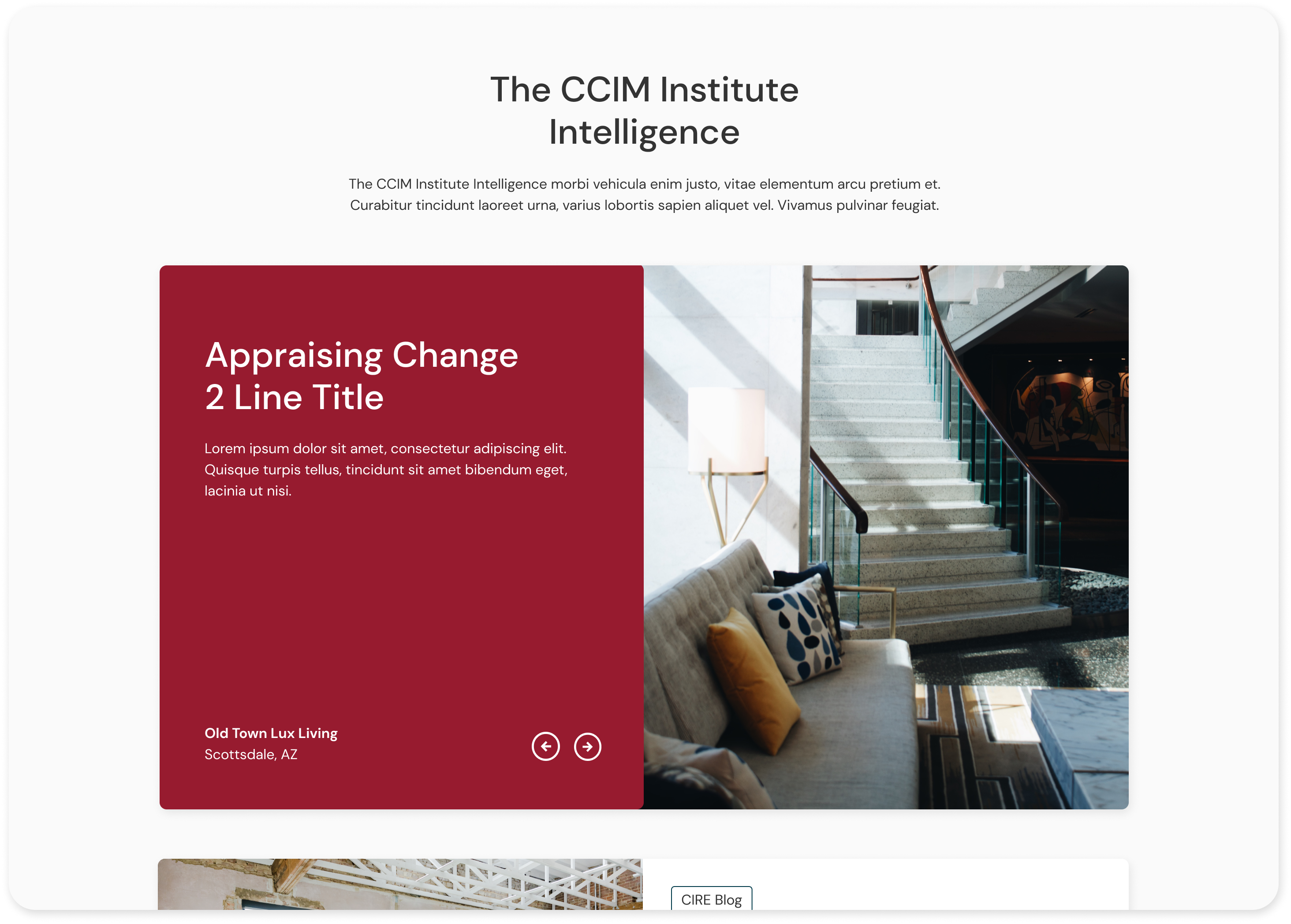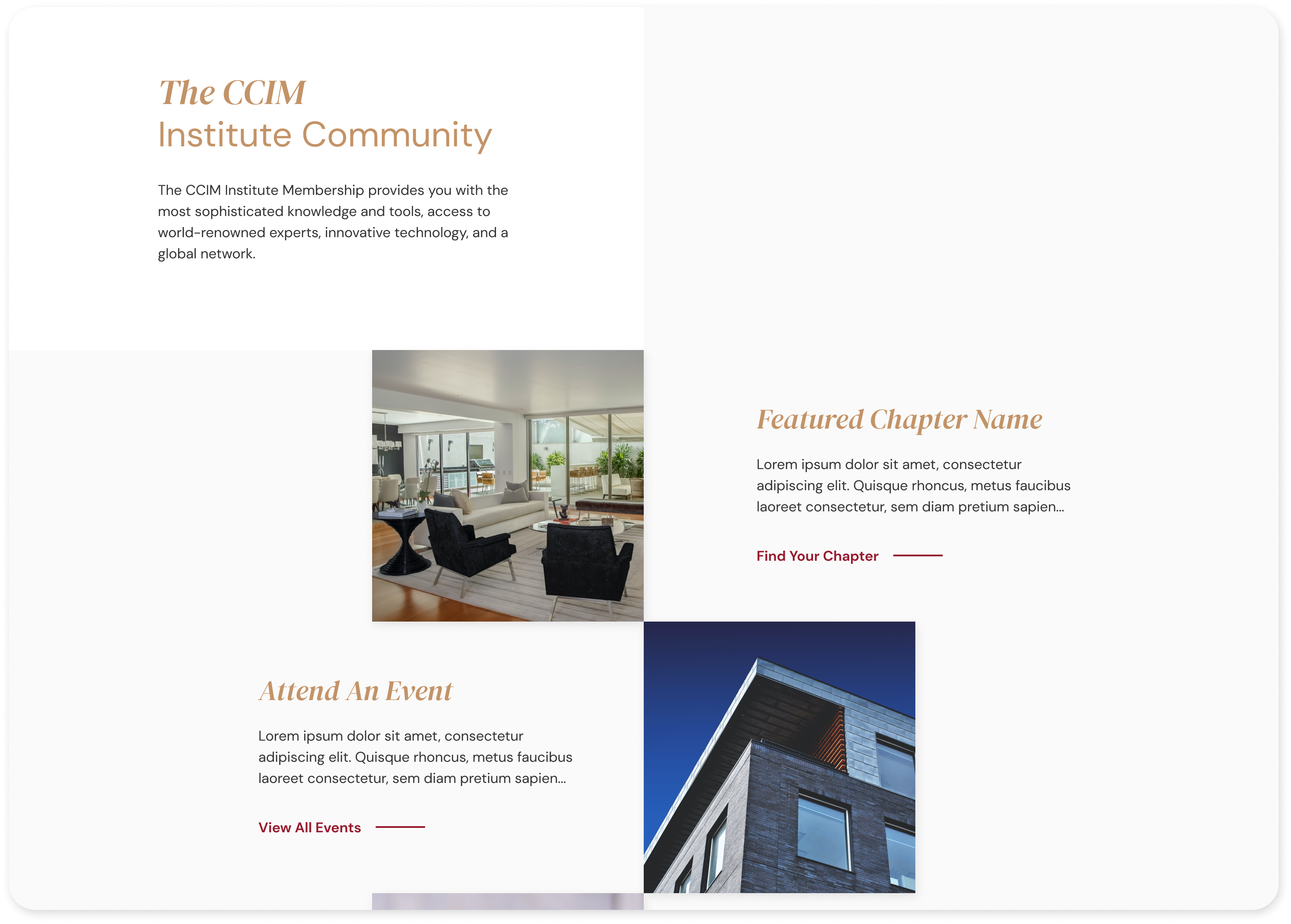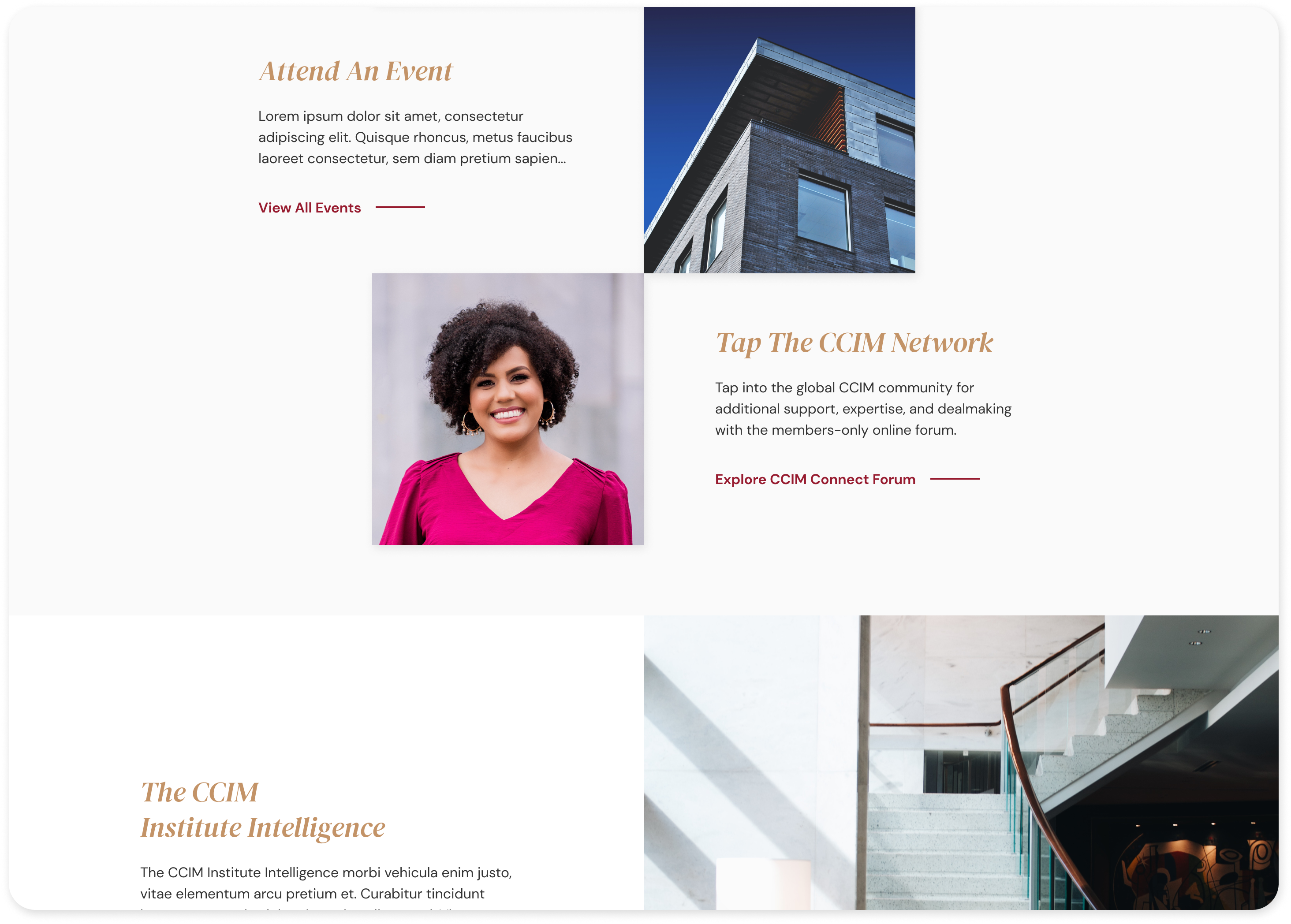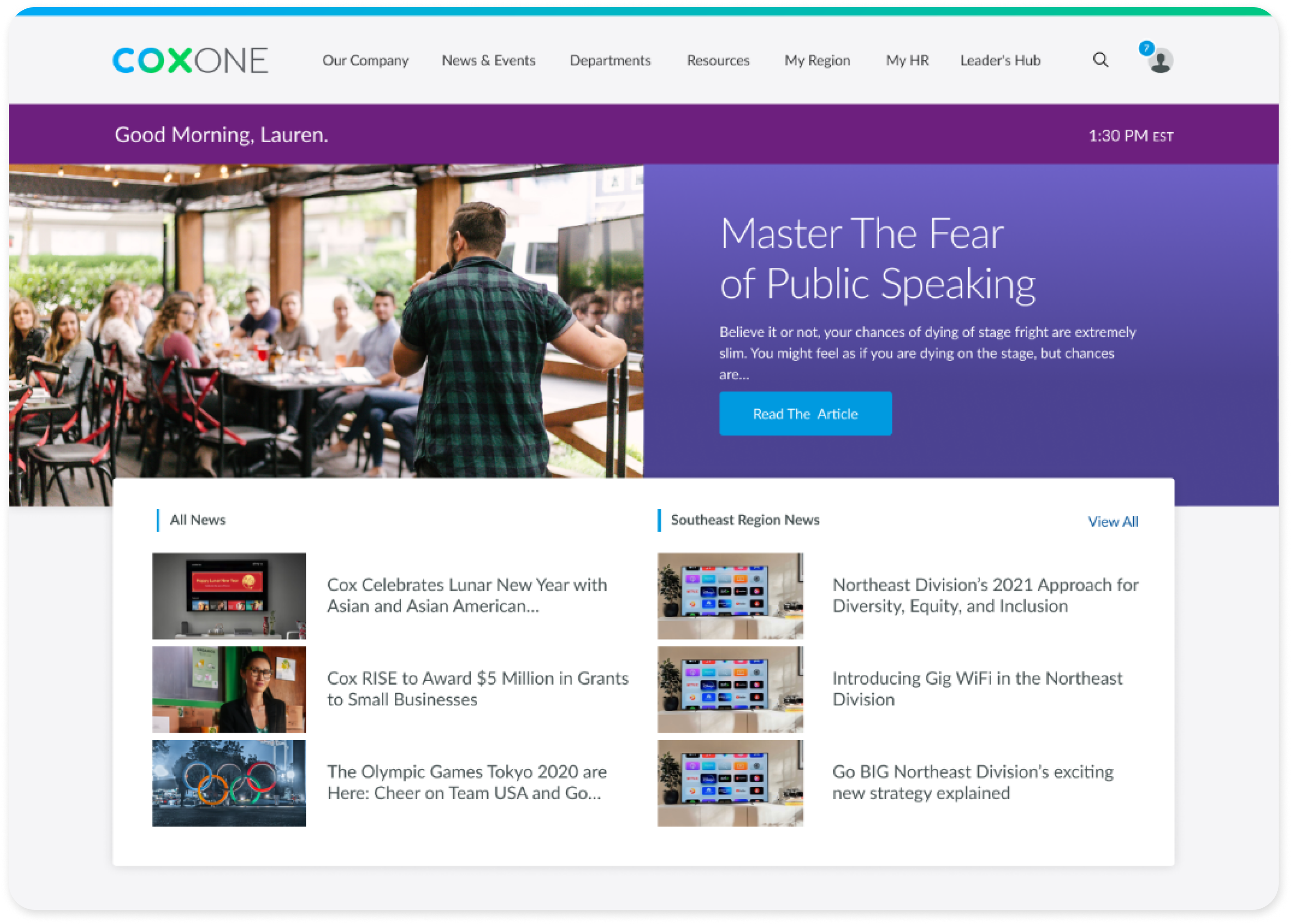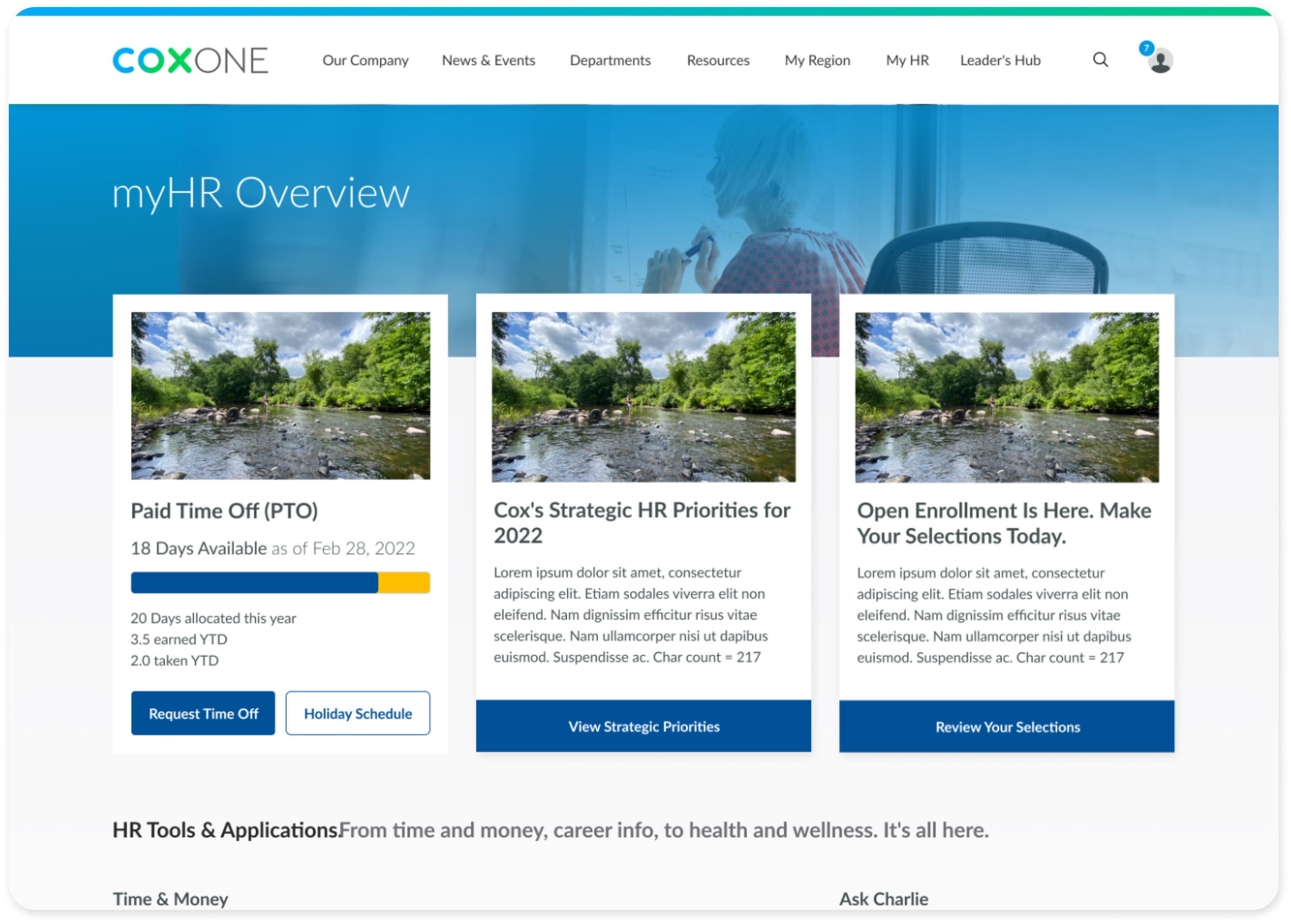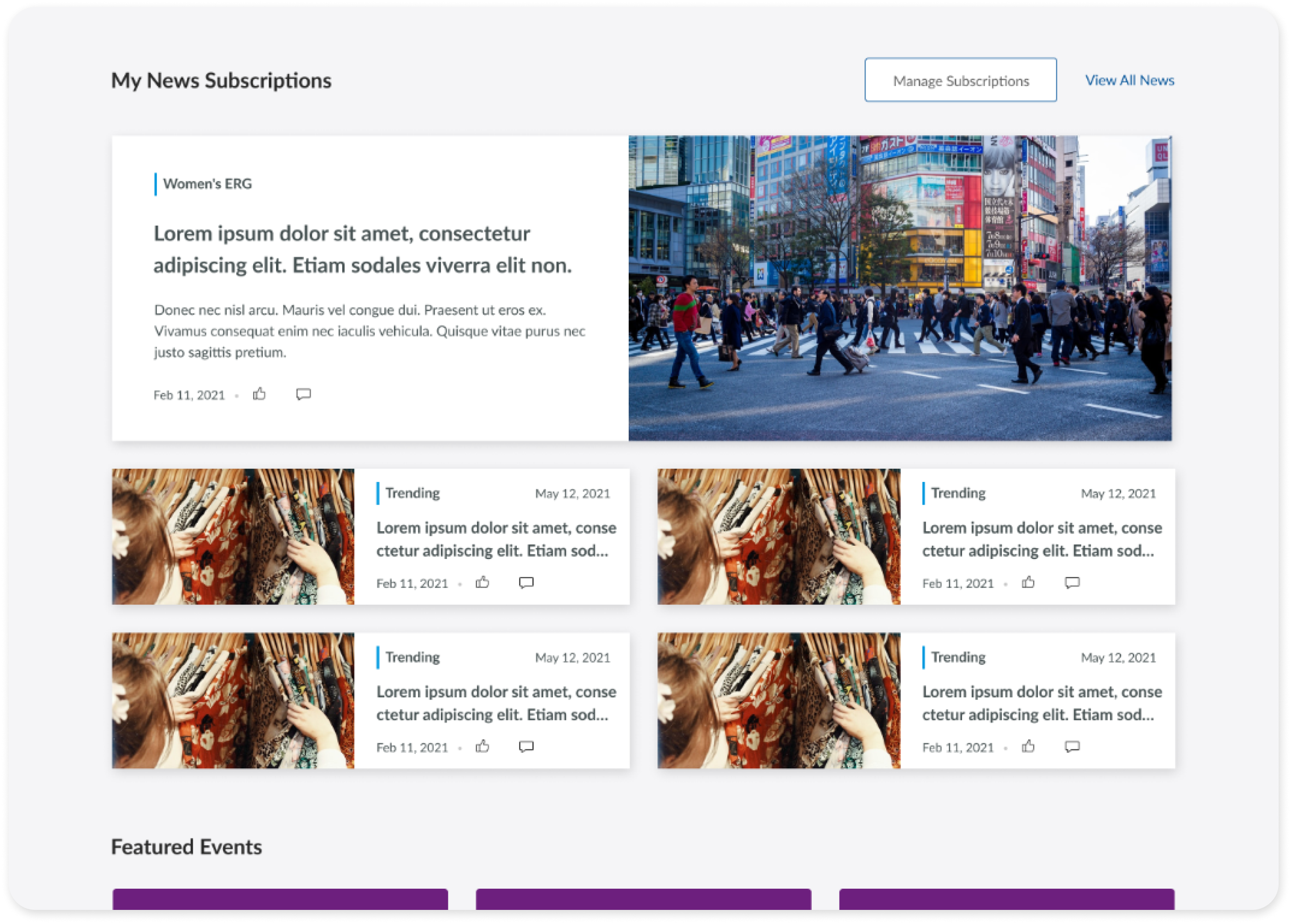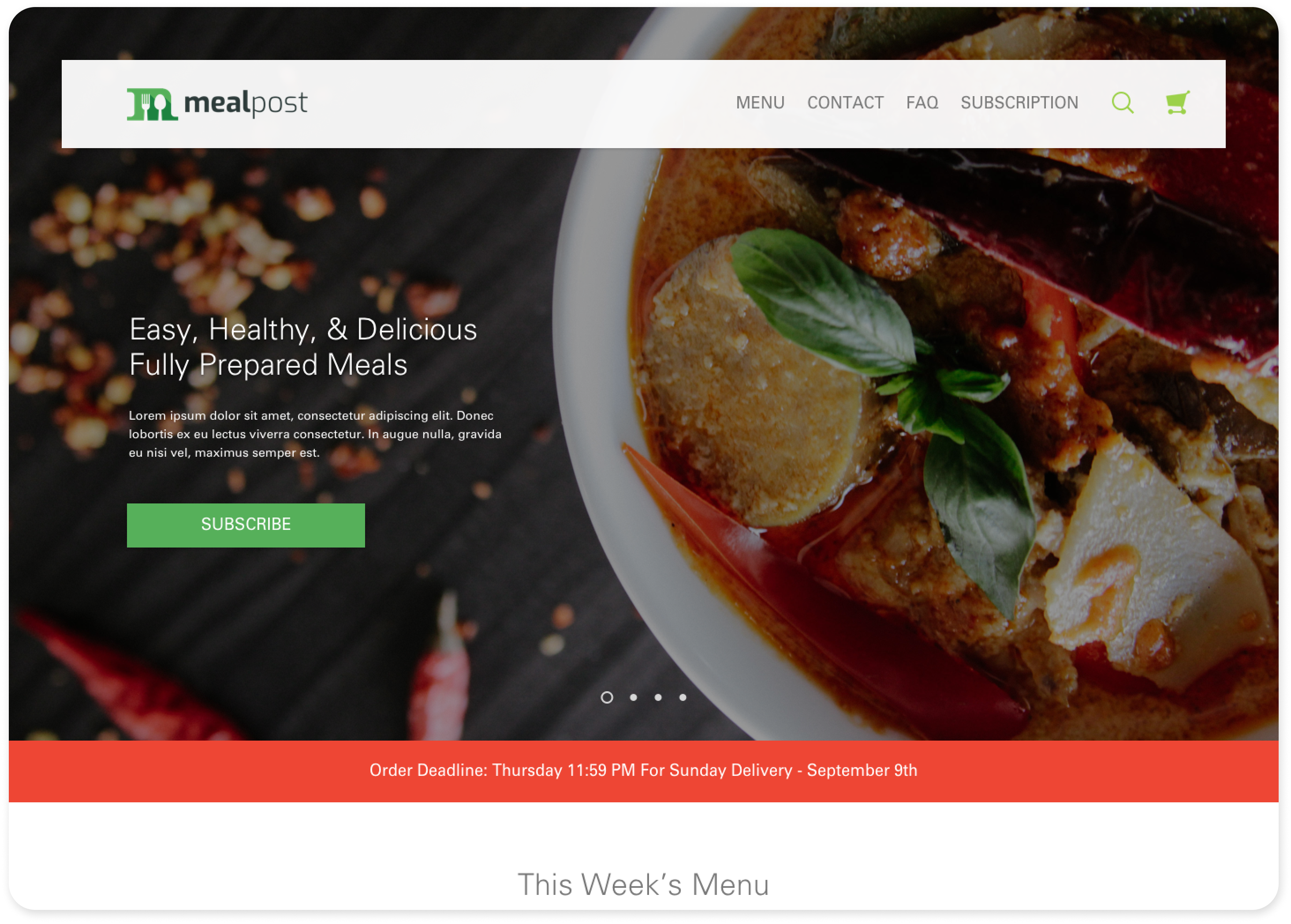We're the Design Systems Experts
We're a collective of experts empowering businesses of all sizes. We craft bespoke design systems tailored to enhance efficiency, simplify complexity, and fuel scalability.
Meet the future of creating, updating, or maintaining a design system.
How It Works
We're crafting design systems in 3 easy steps: Build from scratch, expand, or update your design system with one of our memberships.
Choose A Plan
Get started by signing up for a plan and begin requesting components.
Submit Documentation
Submit docs like brand guides, wireframes, success criteria, and more.
Free Revisions
We'll revise the designs until you're 100% satisfied — no added fees.
Recent Work
While we can't show all our work (darn NDAs), we are proud to showcase some highlights from recent projects.
Membership Plans
Our team can create, improve, or build design systems to help you propel growth, eliminate redundancies, and boost efficiency.
ROI Quiz
Investing in a design system can improve consistency, sentiment, accessibility, and productivity. The most straightforward way to measure ROI is through cost savings achieved by improved efficiency.
FAQs
According to a survey by Forrester in 2020, 65% of companies said they use design systems. A design system comprises a set of patterns and practices that assist teams throughout an organization, from designers to developers, to create consistent and accessible digital products. Although different models exist, most design systems consist of a pattern library, design tokens, brand and style guidelines, and documentation on how to use the system.
Design systems have two main benefits. Firstly, they accelerate every stage of product development, from concept and design to production and testing. Figma conducted an experiment in 2019, which found that designers who used a system completed their tasks 34% faster than those who did not. Secondly, design systems enhance the customer experience by ensuring consistency, familiarity, and accessibility at every touchpoint.
We deliver components or batches of components according to your selected plan. The estimated delivery time for each membership type is as follows:
- Essential Membership: one component at a time, delivered within 3-6 business days (M-F)
- Extra Membership: batch delivery, delivered within 7-10 business days (M-F)
- Premium Membership: batch delivery, delivered every 13 business days (M-F)
Therefore, depending on the complexity of the components, we can deliver anywhere between one to ten components per week. If your team is organized, we can speed up the design process. We carefully review the component requirements submitted by our clients, refine our designs, incorporate UX best practices, and provide options if needed. We also create Figma component properties such as on/off states, button states, component variants, and component min/max width and height (if applicable). Lastly, we thoroughly document each component for your development team.
Component libraries contain predetermined, reusable UI elements and serve as a one-stop shop. They include component names, descriptions, attributes, states, and code snippets. Component and pattern libraries are meant to be reused and adapted. A design system requires continuous maintenance and oversight.
The documents you submit will define the standard documentation. In other words, if you specify success criteria and UX requirements or provide wireframes, we will document the component design to support those requirements.
You or your team can request custom documentation that includes specific design details for greater efficiency when the design goes to development. For example, if you want hit areas and padding to be highlighted in a particular way, we can accommodate your request.
- Extra Membership: Thirty-one days
- Premium Membership: Ninety days
For example, you've subscribed to the Extra Membership and used it for 21 days. You can then pause your subscription, which will pause the billing cycle. You'll have ten days of remaining service, which you can use anytime when ready to resume.
Refer & Earn
Get a stackable discount for each Premium Membership referral. Some restrictions may apply.
© 2024 The Design Systems Company.
Proudly made in the mitten.
